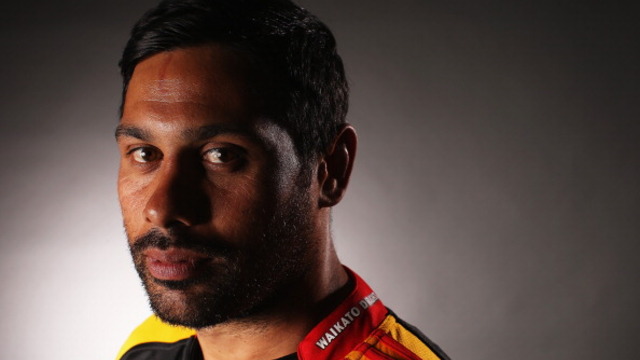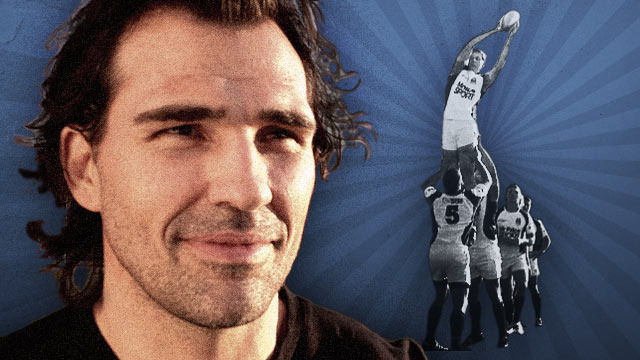The setting sun, the frozen lake and the rolling maul, each and every one is a beautiful thing. The toughest things to do in a game, and I really believe this, is to set a maul properly. It is like setting a scrum on the hoof with lots of enemy agents trying to blow the whole thing up. Sometimes it is hard to get the players to understand this.
Everyone has a role. The jobs are as specific as loosehead and tighthead prop. But it’s live. There’s no referee standing in the middle giving you time to set the positions properly. If you want to set an efficient, dynamic maul you have to do it in the blink of the eye while the opposition have free rein to sabotage every effort.
Imagine trying to set a scrum with the opposition allowed to hit you from any direction and disrupt your bindings. The unstoppable maul has to build itself under extreme pressure. Your two lineout lifters have to become front rowers. And the higher you go in the game, the more intense and expert are the opposition at wrecking the structure.
At the lower levels of the game, you may be allowed a little more time, but against the great French clubs it can be over before it has begun. The back lifter of the lineout jumper faces the biggest challenge. The front hoist has bent arms with hands in front of eyes. The back lifter is on full extension. He has further to go from that position into the crouching driving stance at the front of the rolling maul.
The extra split second it takes for the back lifter to get set can make the difference. The key to stopping the maul is to get under it. So if our lifters can get low in the shortest space of time, we have a chance of laying the foundations.
To buy an extra half a second, we left the jumper up there on his own. We would throw him up into the clouds, but not bother to put him down nicely. We left him with the responsibility, helped by the use of gravity, of getting back down to the ground. The moment he takes the ball our lifters let go.
Once the jumper had the ball our two lifters would lock in together, also providing a sort of safety slide for the airborne forward to come down on. Some refs might call it blocking off, but it happens so quickly if done well, that I challenge anyone to penalise you for that. As long as you don’t take a big step forward, you should stay on the right side of the law.
But against the best French mauling teams you couldn’t even get away with setting the back lifter a moment early. He still got taken out. So we had to sacrifice the back lifter. He would go for full extension and then step across while retaining contact with the jumper. Another forward then stepped into that half a metre of space to create the openside barrier.
The biggest challenge of the maul is to build a front row and get them lower than the opposition. And if someone gets ripped out, then another player has to step in to rebuild the wall. It’s heavy duty and you can only practise it in a full on, live session.
We used to call them general scrums. The great Beziers team of the seventies were masters of it. Leicester loved their rolling maul. France, Argentina, England, South Africa use it as a macho weapon. Subdue and subjugate. So, so beautiful. I will have to write a sequel.





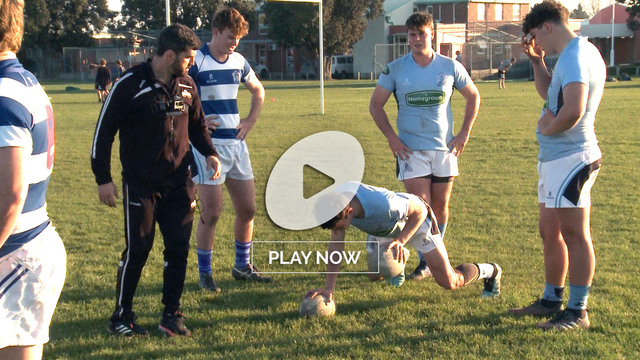
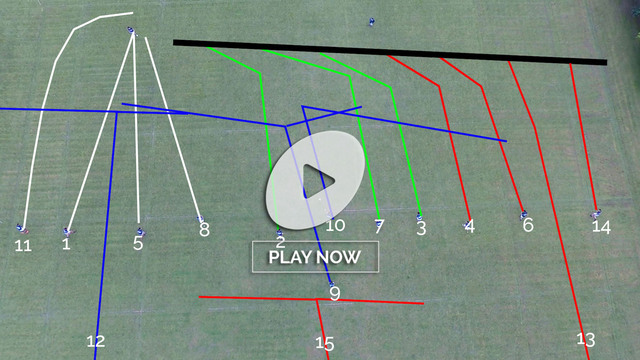
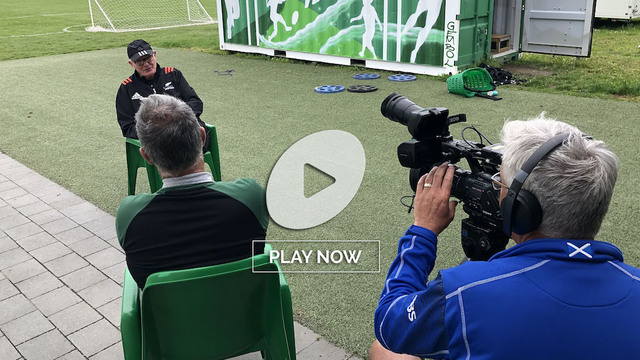
.jpg)
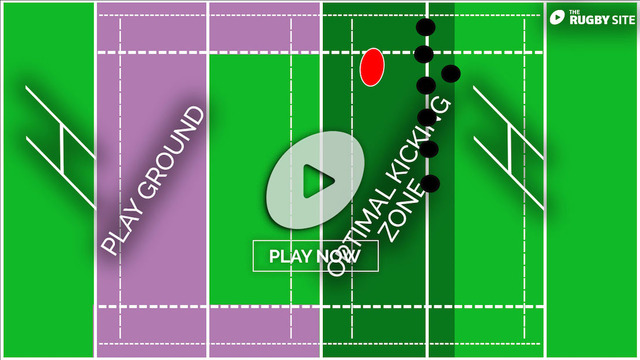
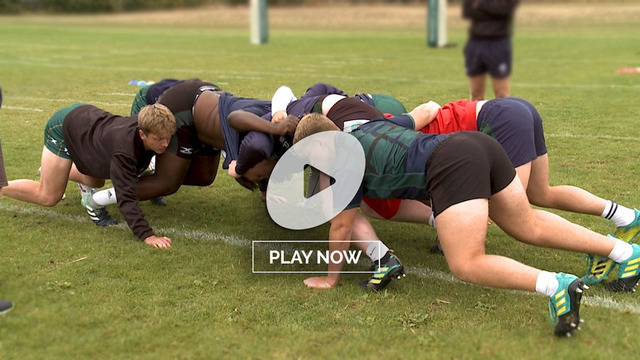
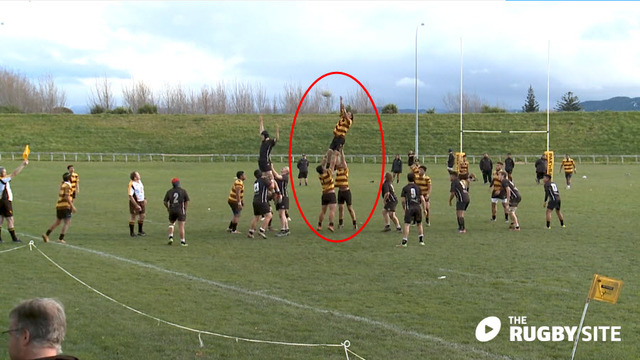
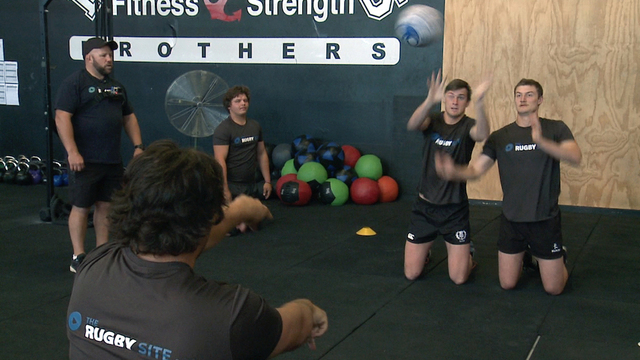
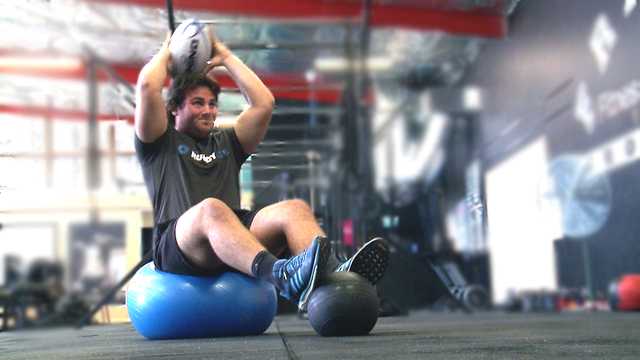
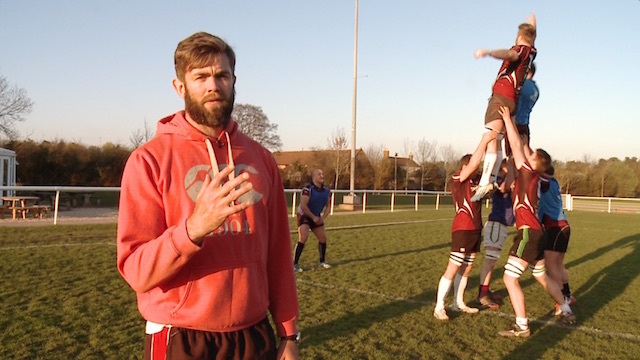
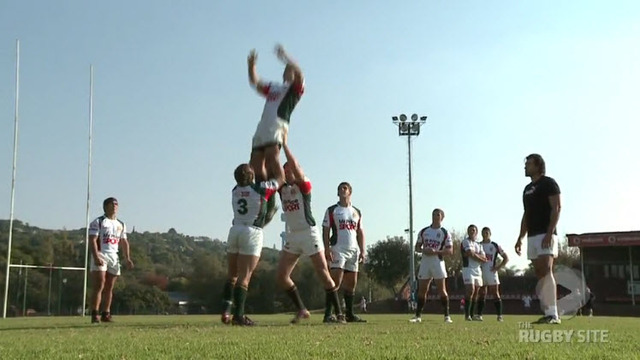
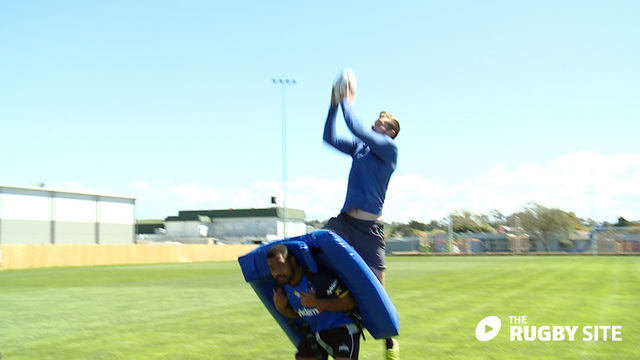
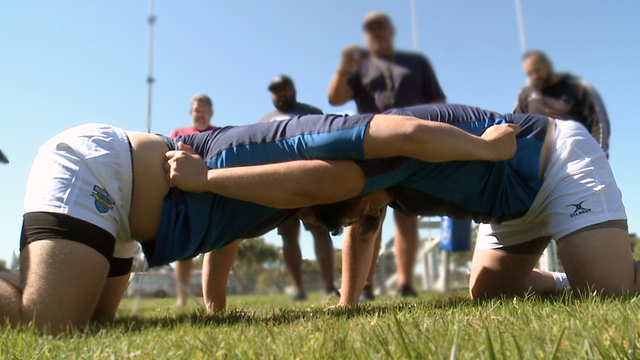
.jpg)
